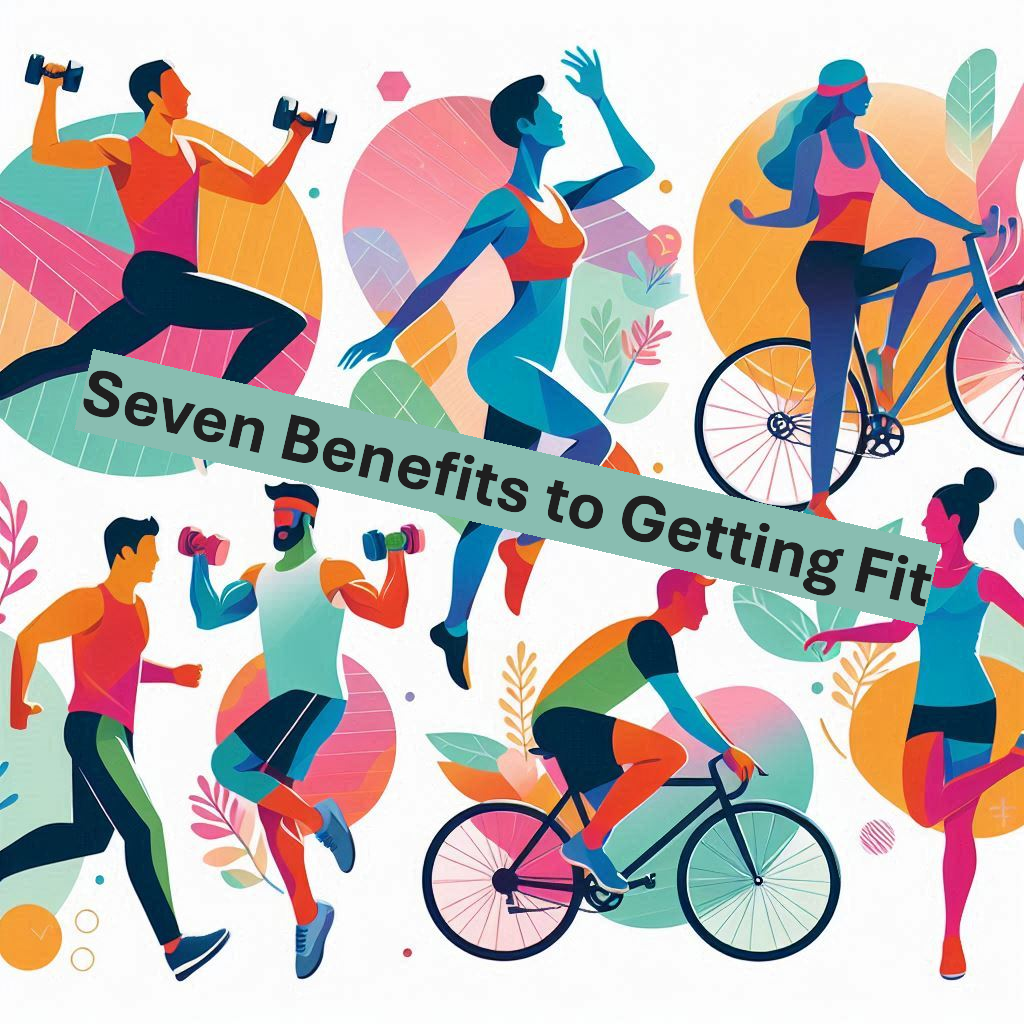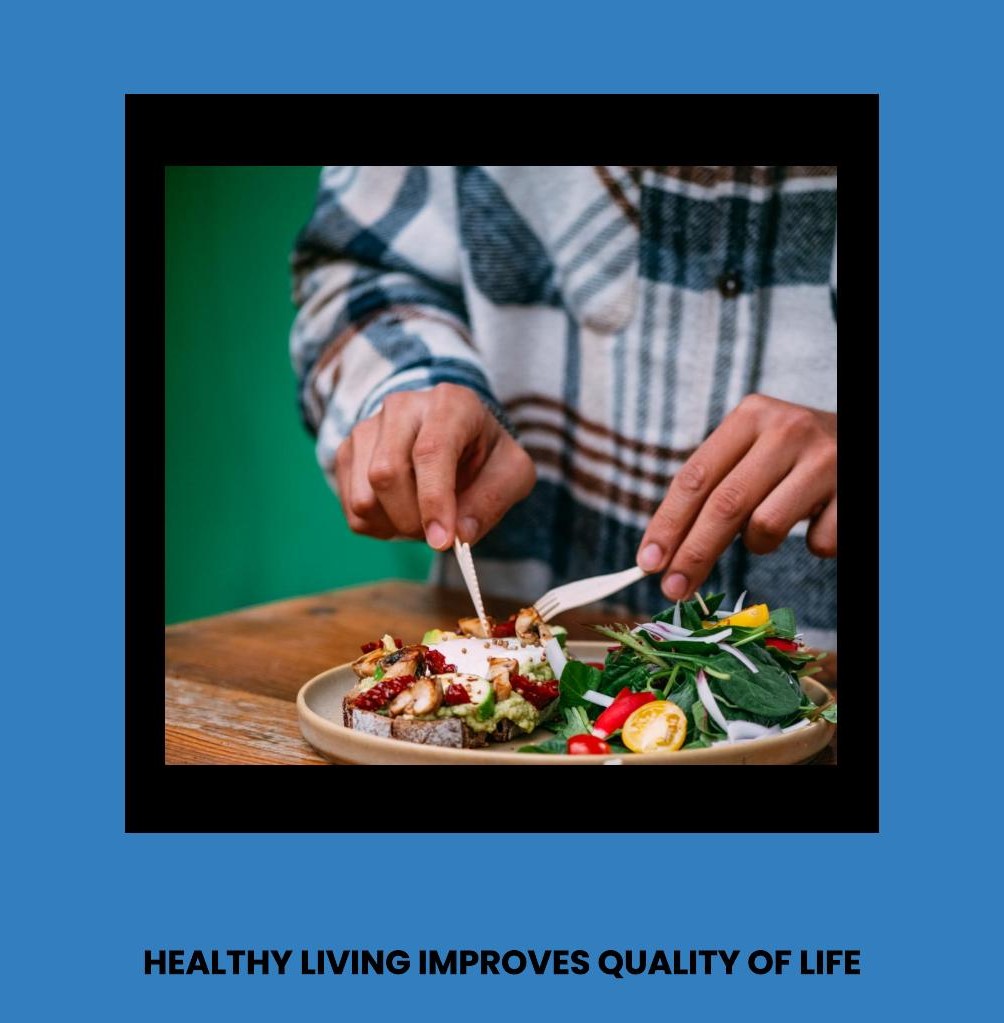
The transition toward retirement is a momentous event that should be celebrated with happiness and relaxation, indicating the conclusion of many years of challenging work. To absolutely enjoy and get pleasure from this time, a plan to improve fitness while aging ought to be a regular part of your daily activities – during the time leading up to and after retirement begins. In this blog, we will explain the importance of regular physical activity and why it is crucial for all life processes at any age.
Related: Product Recommendations and Gifts for Men
Improving fitness while aging – Benefits

Stronger Muscles and Bones:
Physical activity can strengthen both muscles and bones, improving your ability to engage in daily activities while decreasing the chance of falls that can be disabling or even life-threatening for the elderly. Exercise also allows you to cherish life’s treasured instances, such as hoisting your grandchild aloft with their giggles echoing delightfully. Such moments are indeed invaluable and more possible if one can prioritize fitness.
A Healthier Brain:
You can think of exercise as a workout for your brain as well as your muscles. When you’re active, your brain becomes more efficient too, so memory loss can be reduced and thinking more quickly can become easier. That means the more you tax your motor, sensory and cognitive functions, the better they work, which can stave off the effects of aging longer.
An Improved Immune System:
How many times in your life have you heard someone tell you to “take a walk and you’ll feel better”? Well, they were probably right. Physical fitness can strengthen your immune system (in some cases), thus helping you to stave off diseases that you might otherwise catch.
Lower blood pressure:
Exercise can keep blood pressure in check for some individuals. As your heart gets stronger from regular physical activity, it takes less effort to pump blood; hence the force on your arteries decreases, lowering your blood pressure. Exercise is also an important part of weight management, which is critical for people who are overweight or even obese, and this is an important factor in controlling blood pressure as well. The most effective lifestyle interventions for hypertension are exercise and weight management and the most benefit can be seen when they both become part of a daily routine.
Holistic Health:
Fitness is only part of what makes up holistic wellness; diet, mental wellbeing and social engagement all play key roles for maintaining an overall approach to healthy aging.
Never Too Late to Become Active:
There are so many positive health benefits that one can obtain from starting an exercise regimen at any point in their life. So as little as a year from now, and certainly as you age into your retirement years, you could be enjoying the fruits of your labor helping keep you independent and enjoying that time so much more.
New Findings that Link Fitness with Cancer Prevention and Lower Cancer Mortality
A 2024 article from the British Journal of Sports Medicine explores the relationship between muscle strength, cardiorespiratory fitness (CRF), and mortality in cancer patients. Findings showed that high muscle strength significantly reduces the risk of all-cause mortality by 31-46%. Each Unit increase in muscle strength is also associated with an 11% reduction in all-cause mortality. Not only that, but high muscle strength was shown to be particularly beneficial for patients with advanced cancer stages and those with lung and digestive cancers. Overall, the study concluded that assessing and improving muscle strength in cancer patients can significantly lower mortality risks, which highlights the importance of following a strength training program.
Starting Your Fitness While Aging Journey

Beginning your fitness journey can be intimidating, but here are a few helpful tips to get you moving:
Speak with your Doctor:
Always Consult Your Healthcare Professional at the beginning of the journey: It is essential that you speak with your doctor to make sure you are healthy enough and you have their support to transition to a more vigorous lifestyle. Then, ask your physician to provide you with exercises that will help you live more independently and following that, see a certified trainer, at least for your first few sessions, who can make sure you are using your body to give you a lifetime of joy not a series of future joint replacement surgeries.
Plan to Add Variety:
To exercise effectively, you need variety. That means you’ll want a combination of endurance activities (like walking or swimming), strength training, balance exercises, and flexibility training, which can be as simple as yoga or easy stretching. Games like Pickleball and Badminton can combine to address both social with physical needs.
Do I work out at the gym or at home?
There are pros and cons for each choice when determining whether to do your work outs at home or at a gym. A gym has all of the equipment, many of them have classes and you have the option to use a trainer for a while to learn how to use everything. The downside is that you have to get there, and there is a monthly ongoing cost which can vary greatly based on what you need. Working from home has the convenience factor. You can do it any time or take it in pieces as you go about your day at home. That flexibility also comes with a downside and with no accountability to get your work outs done. There can be a high up-front cost as well because you will need some equipment and some room.
I will share that for me, working out with a trainer, who I make an appointment with and go to his gym that is nearby has been the best plan. He keeps me accountable, and I never leave without getting a full work out in. All I have to do is get myself through the door. I know that doesn’t work for everyone, but it is what I needed to be successful with my fitness over 60 plans.
For those who want to start working out from home and need to start getting some equipment, we have done some shopping for you and made some suggestions here ->
Recommendations: Fitness equipment for over 50
Set Realistic Goals:
It’s important to set goals that are realistic to achieve without being afraid to challenge yourself. For instance, if you’re just starting to move, you might start by walking 15 minutes every day until you build your strength and confidence.
Find Activities You Enjoy:
If exercise feels like a chore, you’re likely to find excuses to skip it. Instead, find activities you like to do. Maybe dancing, hiking, or playing a sport, which will bring joy back to working out.
Stay Safe:
Before exercising, it’s important to warm up and then cool down after you’re done. Be sure to wear appropriate shoes and gear to help avoid injuries.
Build Your Support System:
If you find it’s hard to stay motivated, consider joining a fitness class or finding a workout buddy – a little friendly competition can provide motivation to stick with a program, and having someone who expects you to show up helps as well!
Listen to Your Body:
Be sensitive to what your body tells you, if something hurts or feels odd take a break or alter your routine accordingly.
Focus on building strength:
Strength training not only helps build and maintain muscle mass, but it also helps prevent osteoporosis, reduces your risk of falling or becoming injured, and improves your overall quality of life. Bigger, stronger muscles also burn more calories which make it easier to maintain a healthy weight.
With Fitness While Aging: Allocating Time Wisely

Before beginning your fitness regimen, it’s essential to build in enough time for various forms of exercise along with rest and rejuvenation. The following is a helpful guide as you plan your weekly fitness routine:
Strength or Resistance Training: Aim for at least two days of strength training per week. These sessions should include exercises for all major muscle groups, such as, legs, hips, back, abdomen, chest, shoulders, and arms.
Cardio Workouts: If you’re fit, a safe bet is at least 150 minutes of moderate-intensity aerobic activity a week, or 75 minutes of vigorous-intensity activity. This time can be split up as 30-minute sessions over the course of five days, or however best fits your schedule.
Sleep: Adults need 7-9 hours of sleep within a 24-hour period. Consistency with sleep timing is important. It helps to keep your circadian rhythm – the internal clock that plays a role in when your body is ready for siesta and when it’s ready to wake up – optimized for quality slumber.
Nutrition for Vitality in Your 60’s

It is especially important, as you find yourself 50 or older, to take stock of your dietary habits so that you may ensure an active, vital life in your 60s and beyond. Here are some ways to fuel your body for the coming years:
Prioritize Protein: Your muscles need it to stay strong. Good sources of protein are lean meats, fish, tofu, beans, and nuts.
Fiber is Your Friend: It keeps your digestive system in check and helps to regulate blood sugar. Aim for a healthy mixture of fruits, vegetables, and whole grains.
Calcium and Vitamin D: These are crucial for bone health. You can get them from low-fat dairy, leafy greens, and fortified foods.
Stay Hydrated: Water is crucial to supporting every cell in your body. You want to drink throughout the day rather than waiting until you’re thirsty to quench your thirst.
Moderate Portions: As metabolism slows, you need fewer calories. Focus on eating nutrient dense foods and pay attention to portion sizes.
Limit Saturated Fats and Sugars: Consuming too much of them can lead to heart disease and weight gain. For better fats, look for avocado and olive oil.
Remember, food is just fuel and finding the right nourishment can make an immense difference for both health and happiness. Speak to a nutritionist about crafting a plan suited to your individual needs. Consider this the helpful beginning of a tremendously wonderful decade of wellness and well-being!

Healthy living doesn’t just extend life; it also improves the quality of life and the ability to maintain independence during the retirement years. Incorporating daily physical fitness, sleep hygiene, and proper nutrition are all key contributing factors toward your goals. So, slip into your sneakers and start down the path to a happier, healthier sixth decade and beyond!

Pingback: Retirement Lifestyle Plan: Start Now -